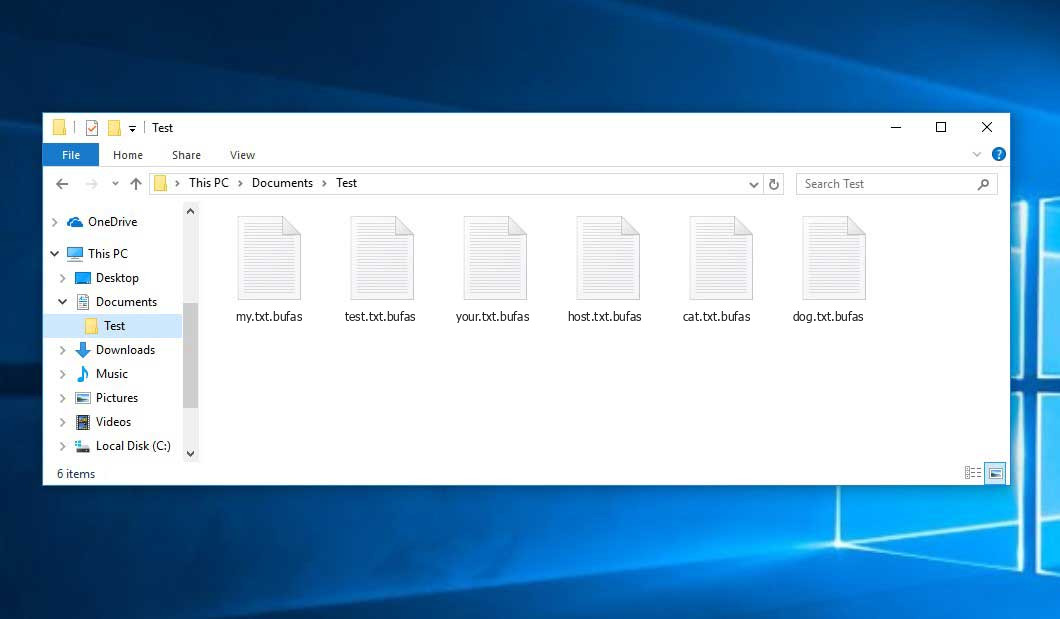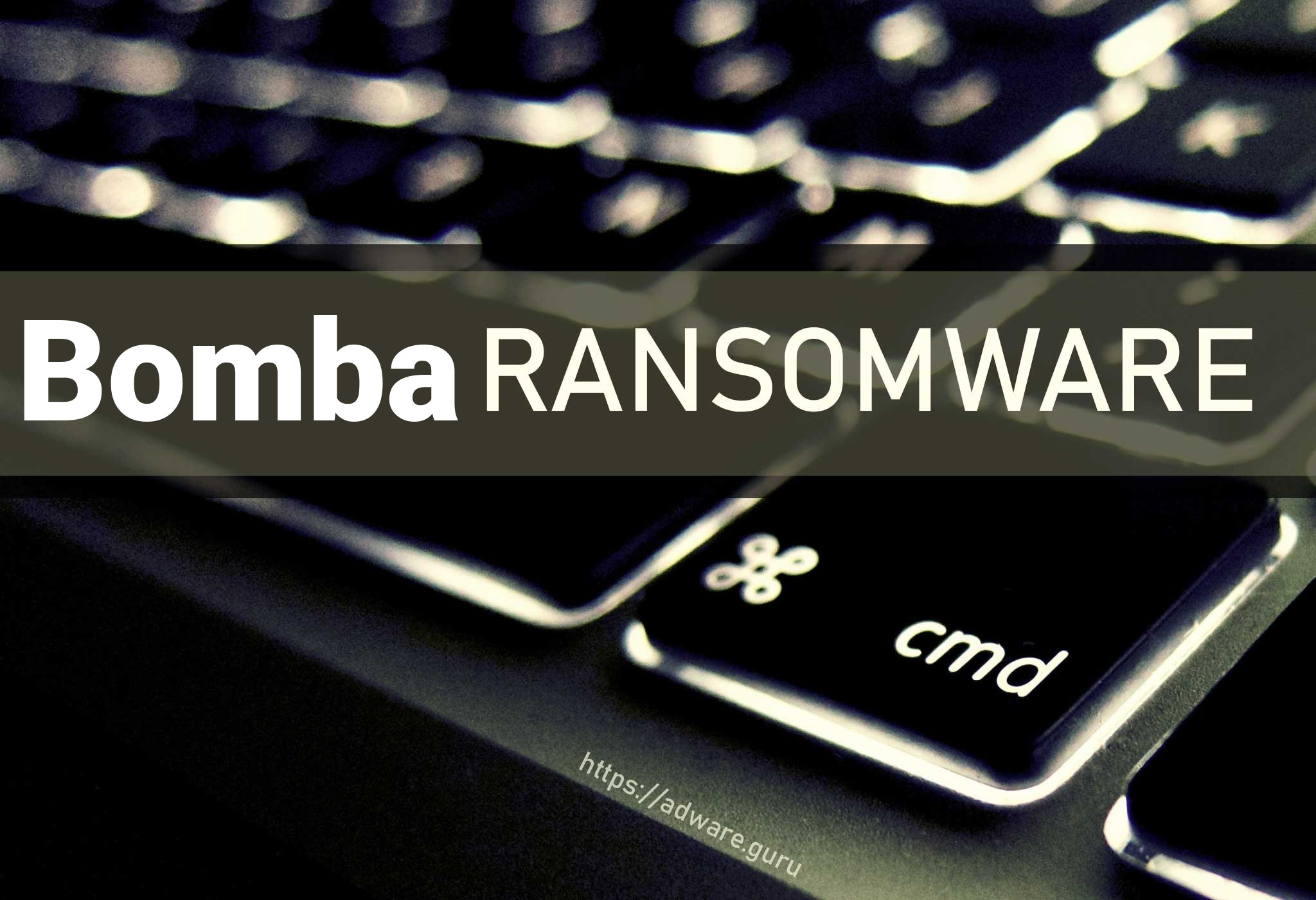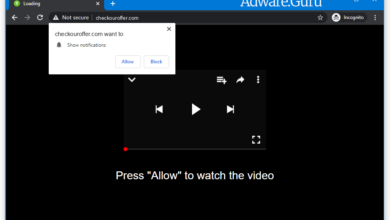Bufas Ransomware Removal Guide (decode .bufas file virus)
Bufas – Ransomware
The Bufas mean a ransomware-type infection. The infection comes from the Djvu ransomware family (the same as Codnat ransomware). Bufas was elaborated specifically to encrypt all major file types. As soon as the encryption is completed, Bufas places a special text file into every folder containing the encrypted data.The message given by Bufas text file requesting for the ransom is definitely the like the statements given by other ransomware representatives belonging to the Djvu family. It actually points out that the information is encrypted and that the only way to restore it is to use a a special decryption key. Unfortunately, this is definitely true. The kind of cryptography mechanism used by Bufas is still not properly examined. Still, it is absolutely specific that each victim may be given the specific decryption key, which is totally unique. It is difficult to bring back the files without the key available.
Bufas encrypted your documents, but that might not be the only damage done to you. The ransomware might still be hidingon your computer. To identify whether this holds true, we suggest downloading GridinSoft Anti-Malware.
Download GridinSoft Anti-Malware
GridinSoft Anti-Malware Review, How to get free trial?, EULA, and Privacy Policy.
Another technique of Bufas is that the victims cannot get to the key. The key is saved on a particular server run by the frauds connected with Bufas ransomware. To get the key and recover the important info people need to pay the ransom, which totals up to 980. To obtain the payment information users are instructed to contact the frauds through email or telegram. The alert likewise suggests that the users need to contact the Bufas developers within 72 hours after the encryption happened. The message says that doing so users will get a 50% discount, so the ransom quantity will drop down to 490.
Nevertheless, irrespective of the requested quantity, people must keep away from paying the virus. Cyber frauds are unfair, so they tend to completely disregard what their victims feel about the problem, even when the payment reaches their pockets. This is why paying the ransom generally does not give any positive result and people simply lose their money for nothing.
We strongly advise that you do not contact these crooks and absolutely do not transfer money into their accounts. It is said to admit that there are no utilities able to crack Bufas ransomware and to recover the data data totally free. Hence, the just best decision is to recover the lost information from the available backup.
Bufas ransomware encrypt files:

Bear in mind that the world wide web is now overwhelmed with threats that look similar to Bufas ransomware. Destructive programs of such kind are generally elaborated to encrypt crucial information and to set forth the demand prior to the user to pay the ransom. The peculiarity of all such ransomware threats is that all apply a similar algorithm to create the unique decryption key for data decryption.
Hence, as long as the ransomware is still being developed or has some hidden bugs, manually recovering the information is merely not feasible. The only way to avoid the loss of your important data is to frequently create backups of your important information.
Bear in mind that even if you create such backups, they need to be placed into a special storage utility not connect to your main computer. You may use the USB Memory Stick or external hard drive for this purpose, or refer to the help of the cloud storage. If you keep your backup files on your common system they may be encrypted together with other files, so it’s absolutely not a good storage location.
How did ransomware infect my system?
There are numerous methods used by online frauds to distribute Bufas ransom virus. Although it is uncertain how precisely Bufas injects your system, there are some leaks through which it may penetrate the system:
- integration with third-party software application, especially freeware;
- spam e-mails from unknown senders;
- sites rendering free hosting services;
- pirated peer-to-peer (P2P) downloads.
Typically Bufas ransomware may exist as some legitimate software, for example, in the pop-ups instructing users to implement some crucial software updates. This is the common technique used by online frauds to persuade people into downloading and installing Bufas infection manually, by means of their direct participation in the installation process.
Additionally, the criminals may describe various email spam tactics to inject harmful codes into PC. So, they may refer to to sending unsolicited spam e-mails with tricky notices promoting users to download the attachments or click on certain download links, for example, the ones encouraging users to open some receipts, documents, tax reports or invoices.
Needless to mention, opening such files or clicking on such dangerous links may significantly damage the PC. Fictitious Adobe Flash Player update alerts may result in Bufas ransom injection. As for the cracked software, these illegally downloaded programs may likewise consist of destructive codes leading to Bufas secret installation. Finally, injection of Bufas may occur by ways of Trojans that covertly get injected into the system and install harmful tools without the user’s consent.
Is there any method to prevent the injection of Bufas ransom virus?
Despite the fact that there is no 100% guarantee to avoid your system from getting infected, there are some pieces of suggestions we want to share with with you. First off, be extremely mindful when you surf the web and especially while downloading free apps. Stay away from opening suspicious email attachments, especially when the sender of the email is not familiar to you.
Keep in mind that some freeware installers may consist of other unwanted utilities in the package, so they may be harmful. Make certain that your current anti-virus and your entire operating system is always appropriately updated.
Of course, downloading pirated software is prohibited and may result in vital damage to be produced your PC. Hence, stay away from downloading cracked software. You are also highly recommended to reconsider your existing security software and potentially switch to another security solution that can render much better services of defending your system.
Below please find the quotation from the Bufas text file:
ATTENTION! Don't worry my friend, you can return all your files! All your files like photos, databases, documents and other important are encrypted with strongest encryption and unique key. The only method of recovering files is to purchase decrypt tool and unique key for you. This software will decrypt all your encrypted files. What guarantees you have? You can send one of your encrypted file from your PC and we decrypt it for free. But we can decrypt only 1 file for free. File must not contain valuable information. You can get and look video overview decrypt tool: https://we.tl/t-aSdhfTOs1G Price of private key and decrypt software is $980. Discount 50% available if you contact us first 72 hours, that's price for you is $490. Please note that you'll never restore your data without payment. Check your e-mail "Spam" or "Junk" folder if you don't get answer more than 6 hours. To get this software you need write on our e-mail: vengisto@firemail.cc Reserve e-mail address to contact us: vengisto@india.com Support Telegram account: @datarestore Your personal ID: XXXXX
Use GridinSoft Anti-Malware to remove BUFAS ransomware
1.Download GridinSoft Anti-Malware.
You can download GridinSoft Anti-Malware by clicking the green button below:
2. Double-click on the setup file.
When setup file has finished downloading, double-click on the setup-antimalware-ag.exe file to install GridinSoft Anti-Malware on your computer.

An User Account Control asking you about to allow GridinSoft Anti-Malware to make changes to your device. So, you should click “Yes” to continue with the installation.

3. Press Install button for run GridinSoft Anti-Malware.
3.Once installed, GridinSoft Anti-Malware will automatically run.
4. Wait for the GridinSoft Anti-Malware scan to complete.
GridinSoft Anti-Malware will automatically start scanning your computer for Win Speedup 2018 and other malicious programs. This process can take a 20-30 minutes, so we suggest you periodically check on the status of the scan process.

5. Click on “Clean Now”.
When the scan has completed, you will see the list of infections that GridinSoft Anti-Malware has detected. To remove them click on the “Clean Now” button in right corner.








